
If you are thinking about installing a roof garden or any other green roof there are several advantages and disadvantages you should consider before making the final decision. But first I am going to give you some background information so we are on the same page.
What are roof gardens?
There are two primary types of roof gardens which are intensive and extensive.
Intensive roof gardens are made to support a lot of weight. They can be filled will all types of plants, shrubs, trees, and even fountains. Due to the extra support needed, these types of roof gardens are mainly found on commercial buildings.
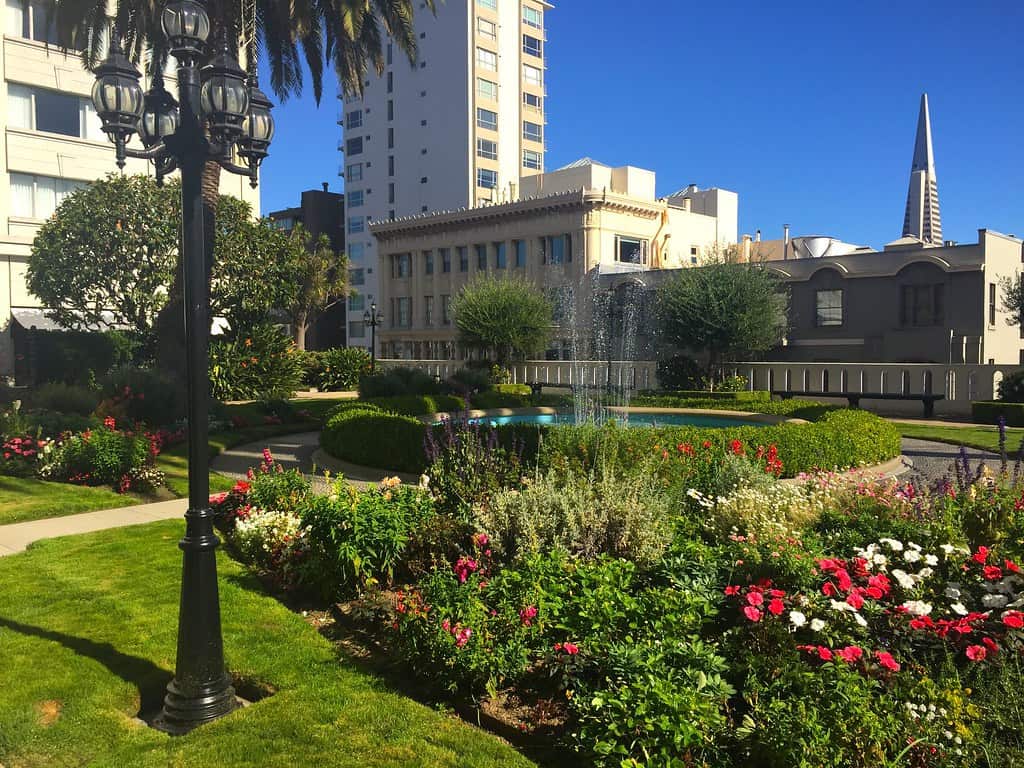
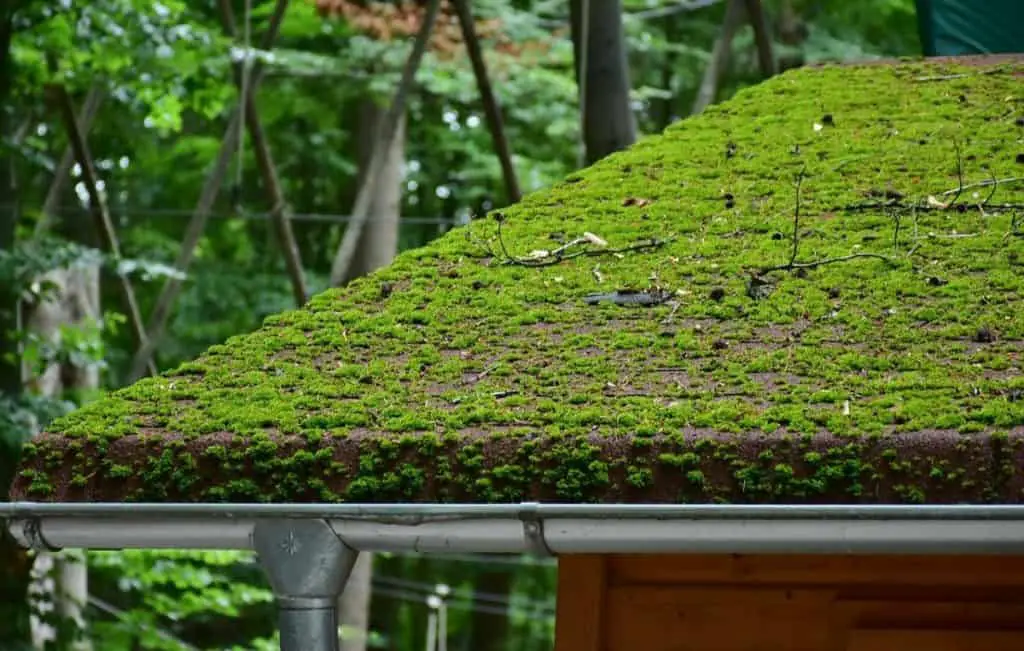
Extensive roof gardens are more common with residential homes. Smaller fast-growing plants that can thrive in low water environments are usually the plant of choice.
Some of these plants may include:
- Grasses
- Herbs
- Succulents
- Wild Flowers
- Sedum
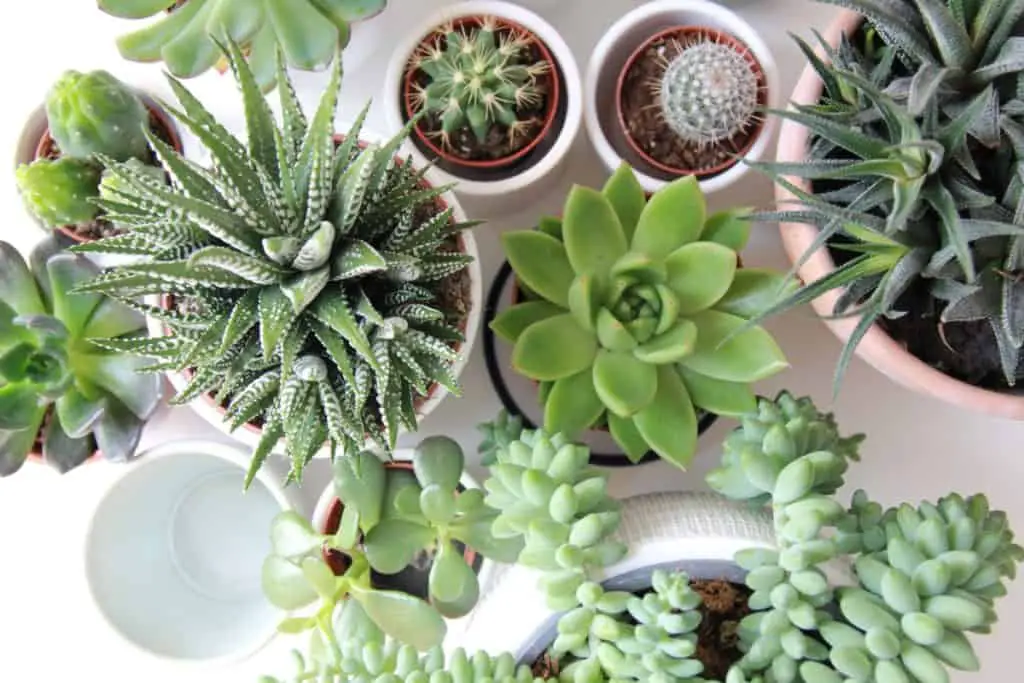
There are about 7 layers that go into making a roof garden. I go into more detail about those 7 layers that make up a roof garden in this article that I wrote.
Some of the pros and cons will vary depending on whether or not the roof garden is extensive or intensive.
Please keep that in mind as you read through the advantages and disadvantages of owning your own roof garden.
Pros:
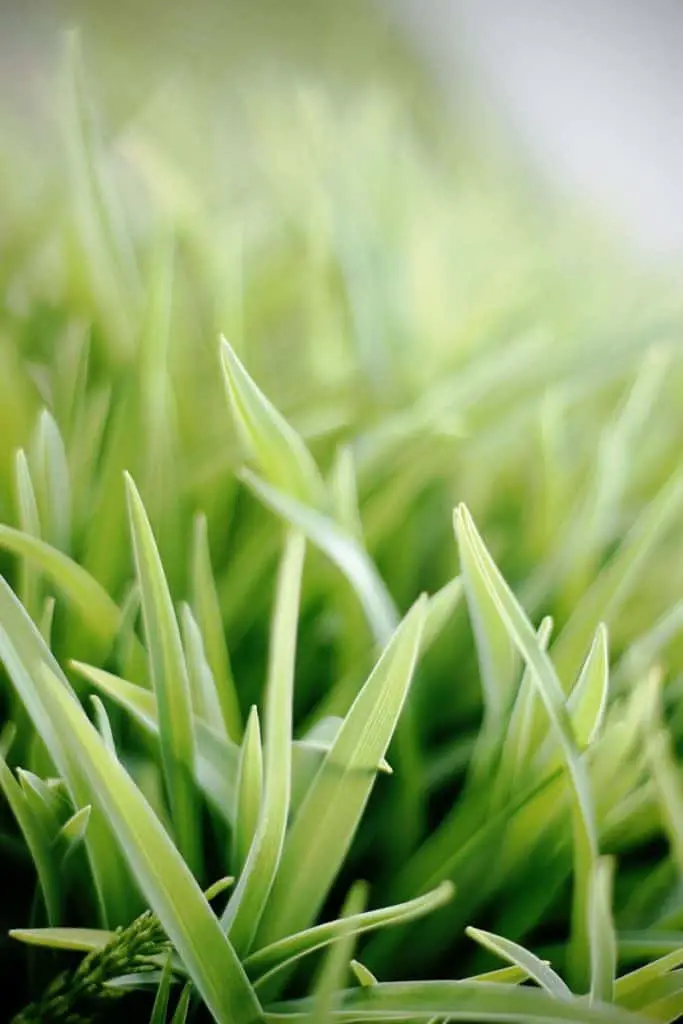
1.Eco-Friendly:
This is probably the most obvious benefit and the main reason why many choose to make a roof garden. It is good for the environment because it adds more plants into our world which helps give us more oxygen.
2.Great Insulation:
The many layers used to make a Roof garden work together to provide great insulation to your home or building. This helps you to save energy costs and keep your home cool in the summer and warm in the winter.
3.Fairly Easy to Install:
Roof gardens are generally easy to install and you could probably do it yourself if you are on a flat roof and have a basic understanding of gardening.
However, there are some parts that may be a little more technical and require someone who is experienced with roof gardens to install. One of these parts could be the waterproof layer (More detail about that in the previous article I already linked to).
See disadvantage #4 for why it’s important to install the waterproofing layer properly.
4. Self-Sustaining:
Depending on how your roof garden is installed it can be self-sustaining meaning you will not ever need to water it. The type of plants used and the climate will play a vital role in this.
5.Water Runoff:
Roof gardens help reduce water runoff. Most roof gardens use a drainage system which helps to prevent any soil or another media from leaving.
6. UV Resistance:
This advantage may be obvious, but the top upper layers of the roof garden protect the more vulnerable bottom waterproof layer from the damaging UV radiation. This improves the lifespan of the roof garden.
7.Price:
The price for a roof garden varies drastically because there are so many variables that play a role in the overall cost. But a rough estimate would be about $100 to $400+ a square (100 square feet = 1 square). The price will be more expensive for intensive roofs or more specialized gardens.
To see how roof gardens compare to the cost of other roofing materials like shingles or slate you can click here to check out comparison tables and graphs for 17 different types of roofing materials.
8.Life Expectancy:
Roof gardens are expected to last anywhere from 30 years to 50+ years depending on how well it is maintained and what type of garden it is (intensive or extensive).
9.Impact Resistance:
Roof gardens will hold up well against fallen branches or hail storms. If any damages do occur it will likely be the plants, which can easily be replaced.
None of the critical areas like the lower layers would get damaged because the shock from the impact gets absorbed throughout the growing media.
10.Slope:
Roof gardens can be installed on most roof slopes. The minimum slope for a roof garden is 2% or a near completely flat roof. After a 3:12 grade, you must have anti-shear stability layers to prevent erosion. Anything over 5:12 pitch is too steep for a roof garden.
If you don’t know the slope of your roof, you can click here to learn how to find that out.
11.Fire Resistance:
Roof gardens vary on their level of fire resistance. But generally, they are considered a Class A.
The growing media is fire resistance but the plants are organic can be easily combustible if they dry out.
To increase the resistance to fire, it is recommended that the growing media be at least 30 mm deep (Fire Performance Green Roof). It is also better to have plants that retain and hold a lot of water like the succulent plants.
12.Produce:
Roof Gardens can be used to grow edible plants like herbs and vegetables. These types of plants will require just as much maintenance as any other garden. But if you enjoy gardening then why not have another garden on your roof?
13.Sound:
Roof gardens not only absorb impacts but also help to absorb noise. The 7 layers work together to reduce outside noise making a roof garden quieter than most other roof systems.
14.Support WildLife:
Roof gardens make great environments that help support habitats for birds and other animals. If you are like me and love the sounds of birds chirping in the morning then a green roof is a good option.
15. Aesthetics:
Roof gardens can look good and they can also look bad. It just depends on how well it was made. But what’s great about roof gardens is that it is completely customizable to whatever you want so you can fit any style.
16.Walkable:
Green roofs are walkable, unlike other roof systems that are fragile and can break if walked on. You can walk on a green roof or a roof garden as long as you don’t step on the plants, or the plants can tolerate being stepped on.
17. Stress Reducer:
Green roofs can help reduce stress. The feel of seeing your plants growing and being closer to nature can help you to relax and create a good vibe. The fact that green roofs help reduce noise also helps to keep the inside of your home calm and peaceful.
Cons:
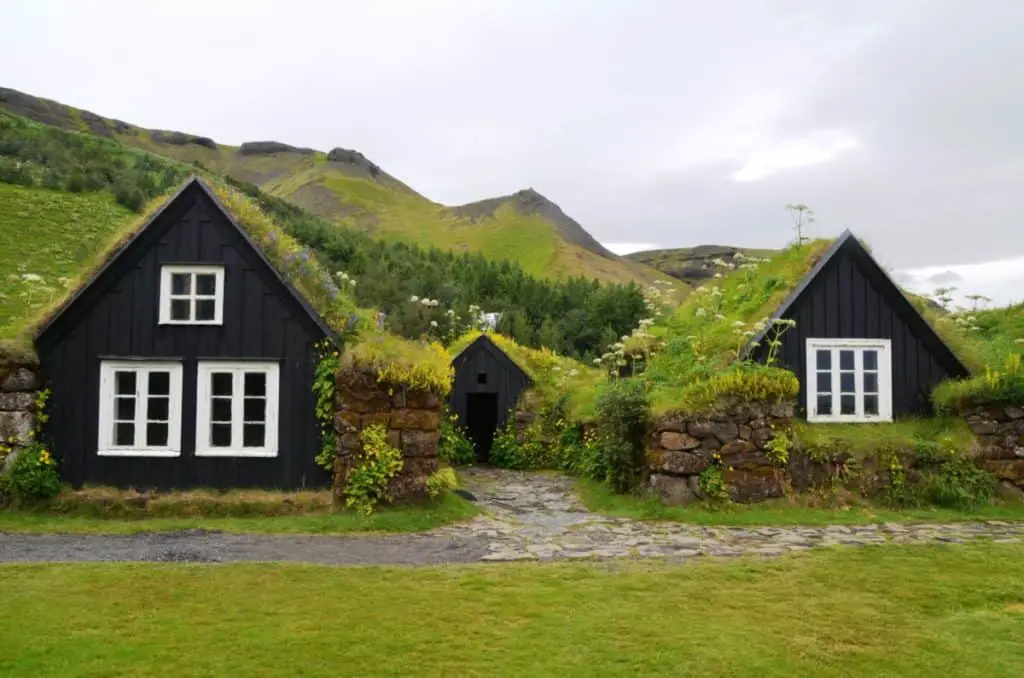
1. Maintenance:
Roof gardens require more maintenance than other typical roof systems. You may have to replace the growing media or other garden maintenance depending on what type of plants you use.
An example of this is when some roof garden owners choose to have plants that need more water so they must set up a watering system on their roof to regularly water the plants. This is not needed if xerophytes or low water plants are used.
2.Heavy Weight:
Roof gardens can be a heavy roof system especially the intensive roof gardens. On the low side of the spectrum, and roof garden can weigh less than 200 lbs per square. On the other opposite side, roof gardens can weigh more than 1000 lbs per square.
If you are planning on installing a roof garden you will need to ensure that your roof support can sustain that much weight.
3.Wind Resistance:
The main problem with roof gardens and wind is that strong winds can blow away the growing media. Don’t let this be a deal-breaker, because they make special mesh coverings that can be used to prevent soil loss.
4.Repairs:
In the event that a repair is needed, (likely due to improper installation) a repair is time-consuming. In order to repair a leaking roof garden, it will require removing multiple layers to get down to the bottom waterproof layer.
This is especially challenging if you do not know where the leak is coming from and have to search for it. This is why it’s important to have your roof garden installed by someone who knows what they are doing.
Is a green roof right for me?

I think it would be great if we lived in a world where everyone owned a roof garden. However, that’s not practical. Realistically, roof gardens are not ideal for everyone.
A roof garden is not right for you if you can’t afford it, and don’t want to take care of it or maintain it. On the other hand, there are many benefits that can outweigh the disadvantages.
A green roof is excellent if you want your very own unique roof that is durable, long-lasting, and helps the environment.
Ultimately, roof gardens everyone is different and we all have different circumstances so there is no one solution that fits all. If you feel like a green roof is not for you then you can check out the many other different types of roof systems available.
Alternative Options:
I spent several months working on an article that gives an overview of all the different types of roofing materials that I know of. I wanted to make a complete guide to roofing materials that can help you to know what options are available and what one is best for you. You can read this helpful guide by clicking this link.
Here are links to other Pros/Cons lists that you might be interested in:
Related Questions:
Are roof gardens expensive? Roof gardens can be expensive. Intensive roof gardens are much more expensive than extensive roof gardens and can easily cost over $1,000 per square. Intensive roof gardens cost anywhere from $100 per square to $400+ per square.
Do you have to mow a green roof? No, you do not have to mow a green roof unless you plant grass and want to. Most green roofs are made with xerophyte plants which need very little maintenance. Any type of plant used may require some maintenance but mowing is not one.
